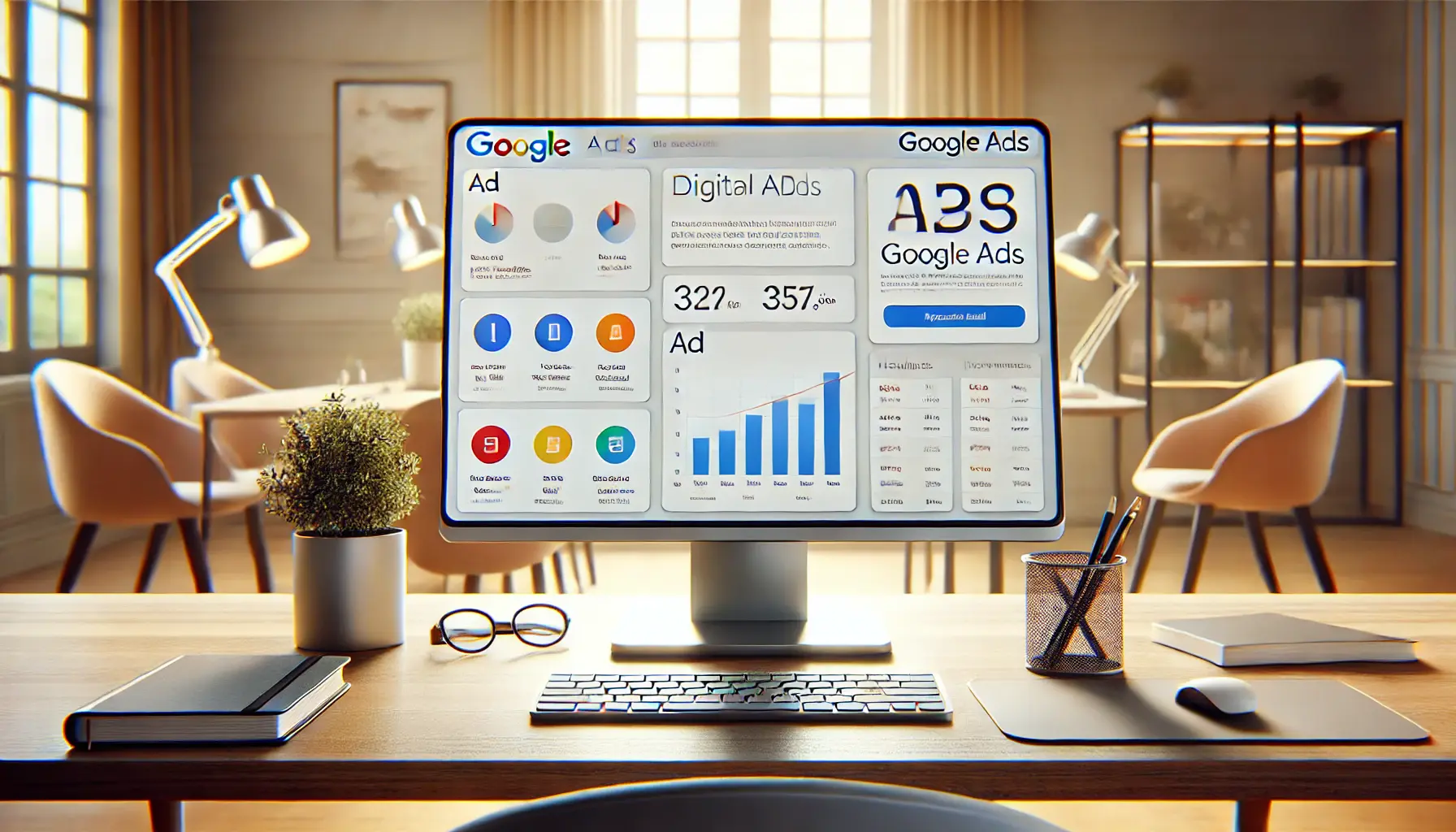The landscape of digital advertising is constantly evolving, with platforms like Facebook at the forefront of innovation and user engagement.
In recent years, Facebook has introduced a range of new features in its advertising sector, particularly in the realm of improved reporting.
These enhancements are not just cosmetic changes; they represent a significant shift in how businesses can track, analyze, and optimize their advertising campaigns on the platform.
Understanding these new features is crucial for marketers and businesses who rely on Facebook ads to reach their target audience.
With improved reporting tools, advertisers can gain deeper insights into their campaign performance, audience behavior, and ad effectiveness.
This article delves into the intricacies of these features, offering valuable insights into how they can be leveraged for better advertising outcomes.
- Revolutionizing Ad Performance Analysis
- Optimizing Campaigns with Real-Time Data
- Advanced Audience Insights for Targeted Marketing
- Integrating Cross-Platform Data for Holistic Analysis
- Enhancing Ad Creative with Data-Driven Insights
- Leveraging Automated Reporting for Efficiency
- Maximizing Facebook Ad Success with Improved Reporting
- Improved Reporting on Facebook Ads: Essential FAQs
Revolutionizing Ad Performance Analysis
The introduction of enhanced metrics in Facebook’s improved reporting tools marks a significant advancement in ad performance analysis.
Advertisers now have access to more detailed data, allowing them to understand not just how their ads are performing, but why they are performing in a certain way.
This depth of analysis was previously unavailable, making it a game-changer for ad optimization.
These metrics include more granular breakdowns of audience engagement, such as time spent on ads, interaction types, and demographic specifics.
This level of detail empowers advertisers to tailor their campaigns more precisely to their target audience, leading to higher engagement and conversion rates.
Customizable Reporting Dashboards
Facebook’s improved reporting also introduces customizable dashboards, a feature that allows advertisers to create tailored views of their ad performance data.
This customization means that businesses can focus on the metrics that matter most to them, without the clutter of irrelevant data.
Whether it’s click-through rates, conversion data, or audience demographics, these dashboards can be configured to highlight the most critical information.
Moreover, the ability to save and share these custom dashboards enhances collaboration within marketing teams.
Team members can quickly access the same data views, ensuring everyone is on the same page and making data-driven decisions.
The key to leveraging Facebook’s improved reporting is understanding the specific needs of your campaign and tailoring the available tools to meet those needs.
Optimizing Campaigns with Real-Time Data
One of the most significant advantages of Facebook’s improved reporting is the ability to access and analyze real-time data.
This immediacy is crucial for advertisers seeking to optimize their campaigns on the fly.
By having up-to-the-minute insights, businesses can make quick adjustments to their ads, targeting strategies, and budgets to ensure maximum efficiency and effectiveness.
Real-time data analysis enables advertisers to respond promptly to changing market trends, audience behaviors, and ad performance metrics.
This agility in campaign management can lead to significant improvements in return on investment (ROI) and overall campaign success.
Key Benefits of Real-Time Data Analysis
- Quick Adaptation: Adjust campaigns in response to immediate feedback, ensuring ads remain relevant and engaging.
- Budget Efficiency: Allocate budgets more effectively by identifying and investing in high-performing ads.
- Enhanced Targeting: Refine audience targeting based on current interaction data, improving ad relevance and reach.
Interactive Visualization Tools
Another aspect of Facebook’s improved reporting is the introduction of interactive visualization tools.
These tools present data in a more engaging and understandable format, making it easier for advertisers to comprehend complex datasets at a glance.
Interactive charts, graphs, and heat maps provide a visual representation of ad performance, audience demographics, and other key metrics.
These visualization tools are not just about aesthetics; they offer practical benefits in terms of data analysis and decision-making. By presenting data in a visually appealing and interactive manner, Facebook helps advertisers to quickly identify trends, patterns, and anomalies in their ad campaigns.
Incorporating interactive visualization tools in your campaign analysis can significantly enhance your understanding of data, leading to more informed and effective advertising strategies.
Advanced Audience Insights for Targeted Marketing
Facebook’s improved reporting tools have significantly enhanced the ability of advertisers to gain deep insights into their audience.
Understanding the audience is critical in crafting messages that resonate and in targeting ads effectively.
The advanced audience insights provided by Facebook go beyond basic demographics, offering a comprehensive view of the audience’s interests, behaviors, and preferences.
This depth of understanding allows for highly targeted marketing strategies.
Advertisers can segment their audience based on detailed criteria, ensuring that their ads reach the most relevant and responsive users.
This targeted approach not only improves engagement rates but also increases the overall ROI of advertising campaigns.
Detailed Audience Segmentation
- Behavioral Insights: Analyze audience behaviors such as purchase history, device usage, and activity patterns.
- Interest-Based Targeting: Segment audiences based on their interests, hobbies, and online activities.
- Geographic and Demographic Data: Utilize detailed geographic and demographic information for precise targeting.
Custom Audiences and Lookalike Audiences
Facebook’s improved reporting also enhances the capabilities of creating custom audiences and lookalike audiences.
Custom audiences allow advertisers to reach users based on their previous interactions with the business, such as website visits or app usage.
This targeting method is highly effective as it focuses on users already interested in the brand or product.
Lookalike audiences, on the other hand, enable advertisers to reach new users who share similar characteristics with their existing customers.
This feature is invaluable for expanding reach and acquiring new customers who are likely to be interested in the business.
Utilizing custom and lookalike audiences can significantly improve the relevance and effectiveness of your Facebook ad campaigns.
Integrating Cross-Platform Data for Holistic Analysis
In today’s multi-platform digital landscape, integrating data from various sources is crucial for a comprehensive understanding of advertising efforts.
Facebook’s improved reporting tools address this need by allowing the integration of cross-platform data.
This integration provides a holistic view of how Facebook ads perform in conjunction with other digital marketing initiatives.
By analyzing data from websites, mobile apps, and other social media platforms alongside Facebook ad data, advertisers can gain a more complete picture of their overall marketing performance.
This comprehensive analysis is key to understanding the customer journey across different touchpoints and optimizing the marketing strategy accordingly.
Benefits of Cross-Platform Data Integration
- Unified Marketing Insights: Combine data from multiple sources for a unified view of marketing efforts.
- Customer Journey Mapping: Track customer interactions across platforms to understand the complete journey.
- Performance Benchmarking: Compare Facebook ad performance against other channels for balanced marketing strategies.
Tracking Offline Conversions
Another significant feature of Facebook’s improved reporting is the ability to track offline conversions.
This feature bridges the gap between online advertising and offline results, such as in-store purchases or phone inquiries.
By linking offline customer actions to online ad exposure, businesses can accurately measure the real-world impact of their Facebook ads.
Tracking offline conversions is particularly beneficial for businesses with physical storefronts or those that rely on phone orders.
It provides a clearer understanding of how online advertising influences offline behavior, leading to more informed marketing decisions and strategies.
Integrating offline conversion tracking in your Facebook ad campaigns can reveal the true effectiveness of your online advertising on real-world outcomes.
Enhancing Ad Creative with Data-Driven Insights
The creative aspect of advertising is as crucial as its strategic component.
Facebook’s improved reporting tools offer data-driven insights that can significantly enhance ad creatives.
By understanding what resonates with the audience, advertisers can craft more compelling and effective ad content.
These insights come from detailed analysis of past ad performances, user interactions, and feedback.
They provide valuable information on what types of images, videos, headlines, and call-to-actions are most effective with the target audience.
This knowledge enables advertisers to continuously refine their ad creatives for better engagement and conversion rates.
Optimizing Visuals and Messaging
- Image and Video Performance: Analyze which visuals capture attention and drive engagement.
- Effective Copywriting: Identify the messaging styles and tones that resonate best with the audience.
- Call-to-Action Optimization: Determine the most effective CTAs for driving desired user actions.
Testing and Iteration for Creative Excellence
Facebook’s reporting tools also facilitate A/B testing of ad creatives.
This testing allows advertisers to experiment with different versions of an ad to see which performs best.
By systematically testing various elements of the ad creative, businesses can refine their approach based on concrete data rather than guesswork.
This iterative process of testing and refinement is key to achieving creative excellence in advertising.
It ensures that the ad content is not only creative and engaging but also aligned with the preferences and behaviors of the target audience.
Embracing a data-driven approach to ad creative development can lead to more impactful and successful Facebook advertising campaigns.
Leveraging Automated Reporting for Efficiency
Efficiency in reporting is vital for businesses managing multiple ad campaigns.
Facebook’s improved reporting tools include automation features that save time and streamline the reporting process.
Automated reporting allows advertisers to set up custom reports that are generated and delivered at regular intervals, ensuring that they always have the latest data at their fingertips.
This automation is particularly beneficial for ongoing campaign monitoring and long-term strategy planning.
It ensures that advertisers are consistently informed about their campaign performance without the need for manual data compilation, allowing them to focus more on strategy and less on data management.
Setting Up Automated Reports
- Custom Report Configuration: Tailor reports to include key metrics and data relevant to specific campaign goals.
- Scheduled Delivery: Choose the frequency of report generation and delivery, ensuring timely insights.
- Collaborative Access: Share automated reports with team members for coordinated campaign management.
Streamlining Campaign Management
The streamlined approach provided by automated reporting enhances the overall campaign management process.
It allows for quicker decision-making, as data is readily available and up-to-date. This efficiency is crucial in the fast-paced world of digital advertising, where timely responses can significantly impact campaign success.
Moreover, automated reporting ensures consistency in data analysis, reducing the likelihood of errors and oversights that can occur with manual reporting.
This consistency is key to maintaining a clear understanding of campaign performance over time and making informed adjustments to strategy.
Utilizing automated reporting in Facebook ad campaigns not only saves time but also provides a consistent and reliable basis for strategic decision-making.
Maximizing Facebook Ad Success with Improved Reporting
In the dynamic world of digital marketing, Facebook’s improved reporting features stand out as a beacon for advertisers seeking to enhance their campaign effectiveness.
The introduction of these advanced tools has revolutionized the way businesses approach Facebook advertising, offering deeper insights, greater efficiency, and more targeted strategies.
Key Takeaways for Advertisers
- Enhanced Metrics: Deeper insights into audience behavior and ad performance.
- Real-Time Data: Agility in optimizing campaigns for better outcomes.
- Advanced Audience Insights: Precise targeting for improved engagement and ROI.
- Cross-Platform Integration: Holistic view of marketing efforts across different channels.
- Data-Driven Creatives: Crafting compelling ad content based on audience feedback and testing.
- Automated Reporting: Streamlined reporting process for efficient campaign management.
As we delve into the intricacies of these features, it becomes evident that Facebook’s improved reporting is more than just a set of tools; it’s a comprehensive ecosystem that empowers advertisers to make informed, data-driven decisions.
This ecosystem not only enhances the effectiveness of individual campaigns but also contributes to the broader strategic goals of businesses.
Embracing the Future of Facebook Advertising
The future of Facebook advertising lies in leveraging these improved reporting features to their fullest potential.
Advertisers who embrace these tools will find themselves at a significant advantage, equipped with the knowledge and insights to craft highly effective, engaging, and successful ad campaigns.
The key to success in this evolving landscape is continuous learning, adaptation, and strategic use of the wealth of data provided by Facebook’s advanced reporting capabilities.
In conclusion, Facebook’s improved reporting features are a game-changer in the realm of digital advertising.
They offer a unique combination of depth, flexibility, and user-friendliness, enabling advertisers to navigate the complexities of modern marketing with greater confidence and success.
As the digital advertising landscape continues to evolve, these tools will undoubtedly play a pivotal role in shaping the future of effective and impactful advertising strategies.
Enjoyed the article? Let its author handle your social media ads. Visit our service page to get started!
Improved Reporting on Facebook Ads: Essential FAQs
Understanding the nuances of Facebook’s improved reporting features is key to maximizing your ad campaigns.
Here are some frequently asked questions to help you navigate these enhancements effectively.
It offers detailed audience insights, real-time data analysis, cross-platform integration, and automated reporting for efficient campaign management.
Real-time data allows for immediate campaign adjustments, enhancing ad relevance, budget efficiency, and overall performance.
Yes, they can link offline customer actions to online ad exposure, providing a comprehensive view of ad effectiveness.
They provide data on effective visuals, messaging styles, and CTAs, enabling more compelling and targeted ad content.
It offers detailed segmentation based on behavior, interests, and demographics for highly targeted marketing strategies.
Automated reporting streamlines the process, providing regular, up-to-date insights for informed decision-making.
Yes, dashboards are customizable, allowing you to focus on specific metrics relevant to your campaign goals.
They provide a unified view of marketing efforts, enabling comprehensive analysis and strategic planning.










